#Nicolas Beatrizet
Text

The Transfiguration, Nicolas Beatrizet and Tommaso Barlacchi after Raphael, 1541
#art#art history#Nicolas Beatrizet#Tommaso Barlacchi#Raphael#Raffaello Sanzio#religious art#Biblical art#Christian art#Christianity#New Testament#Gospels#Transfiguration#Transfiguration Sunday#Renaissance#Renaissance art#Italian Renaissance#Cinquecento#Italian art#16th century art#print#engraving#Metropolitan Museum of Art
86 notes
·
View notes
Text

Der Kampf der Römer Gegen die Daker (The Battle Between the Romans and the Dacians) by Nicolas Beatrizet (1553)
56 notes
·
View notes
Text

▪︎ A flayed man holding his own skin.
Artist: Attributed to Gaspar Becerra (ca. 1520-1570); Engraver: Attributed to Nicolas Beatrizet (1515 - after 1565); Publisher: Antonio Salamanca (1478-1562) and Antoine Lafréry (1512-1577); From Juan de Valverde de Amusco, Historia de la composicion del cuerpo humano, Roma, 1556, f. M2a (Lib.2, Tab.1)
Date: 1556
Place of Publication: Rome
Medium: Etching and engraving
#16th century#16th century art#illustration#a flayed man holding his own skin#roma#rome#Renaissance#1556
68 notes
·
View notes
Photo

Scene from 'The Last Judgment' (after Michelangelo Buonarroti)
Nicolas Beatrizet (1507/1515–c.1565) and Philippe Thomassin (1562–1622)
The Courtauld, London (Samuel Courtauld Trust)
81 notes
·
View notes
Text
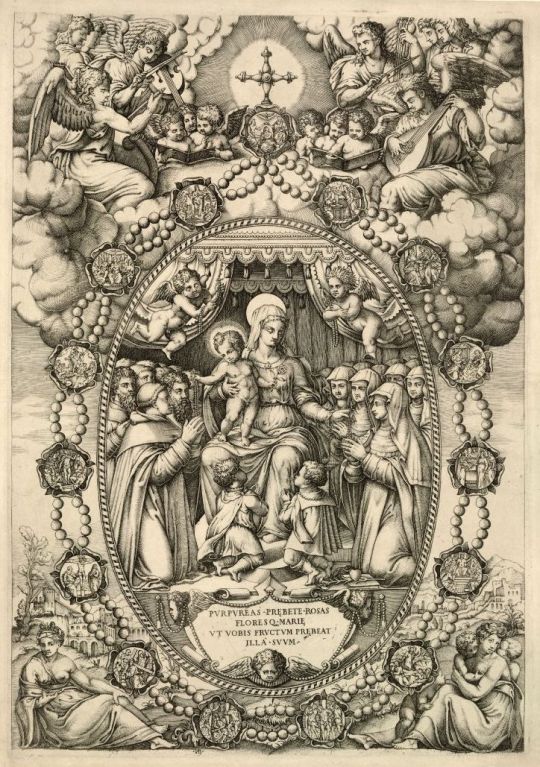
Livio Agresti, Nicolas Beatrizet, Virgin of the Rosary, ca. 1570, engraving
25 notes
·
View notes
Photo

2K notes
·
View notes
Photo

Nicolas Beatrizet, after Michelangelo - The Fall of Phaeton, 1540-66.
More variants >> 1 | 2 | 3 | 4 | 5 | 6 | 7 | 8
2 notes
·
View notes
Photo

Roman Soldiers Fighting Against Dacians by Nicolas Beatrizet (1553)
#nicolas beatrizet#art#engraving#fine art#16th century art#16th century#renaissance art#renaissance#classic art#classic#french artist#french art#ancient rome#rome#roman legion#dacian#soldiers#battle#battlefield#roman
163 notes
·
View notes
Photo
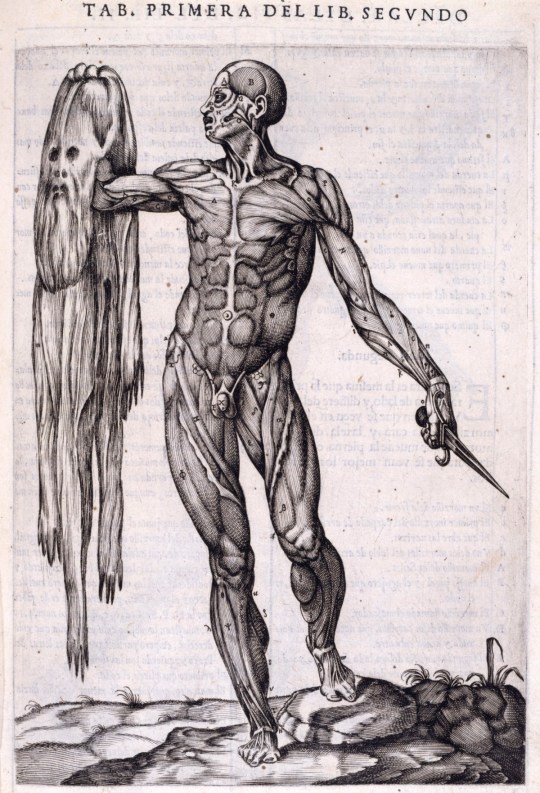


First photo
Title: A flayed man holding his own skin
Artist/designer Attributed to: Gaspar Becerra (ca. 1520 - 1570)
Engraved by Attributed to: Nicolas Beatrizet (1515 - after 1565)
Published by Antonio Salamanca (1478 - 1562) and Antoine Lafréry (1512 -1577) From Juan de Valverde de Amusco,
Second photo
Title: Bones of the human skeleton
Artist/designer Attributed to: Gaspar Becerra (ca. 1520 - 1570)
Engraved by Attributed to: Nicolas Beatrizet (1515 - after 1565)
Third photo
Title: De humani corporis fabrica (Of the Structure of the Human Body)
John of Calcar (John Stephen Calcar) (Netherlandish, Calcar, Cleves 1499–1546/50 Naples (active Italy)
foreword on the subject
When Andreas Vesalius (1514–1564) first published his radical De humani corporis fabrica (On the Structure of the Human Body), the ancient texts of Aristotle and Galen were still judged authoritative in the medical schools of Europe. By performing his own dissections, Vesalius discovered errors in the ancient authors' teachings. The De humani corporis fabrica, which drew attention to these flaws, initially threatened the academic medical establishment but ultimately won Vesalius admiration and a post as court physician to Charles V, to whom he dedicated the volume.
Carefully integrated into Vesalius' text are over 200 woodcuts executed by a skilled group of artists that may have included Jan Steven van Calcar (1499–1546), who trained in the workshop of Titian. No text on anatomy before the Fabrica had ever been illustrated so completely or so well, and although the plates are didactic in intent, they are also rich in aesthetic merit. The frontispiece shows Vesalius himself lecturing to a huge crowd in a grand interior; breaking tradition, he stands directly beside the corpse, dissecting with his own hands. A famous sequence of plates depicts a series of flayed men and skeletons, standing as though in poses of pain or contemplation, in landscapes with distant towns and low horizons. In addition to demonstrating the physical structures of the body, they imply concern for more elusive aspects of the human condition.
10 notes
·
View notes
Photo

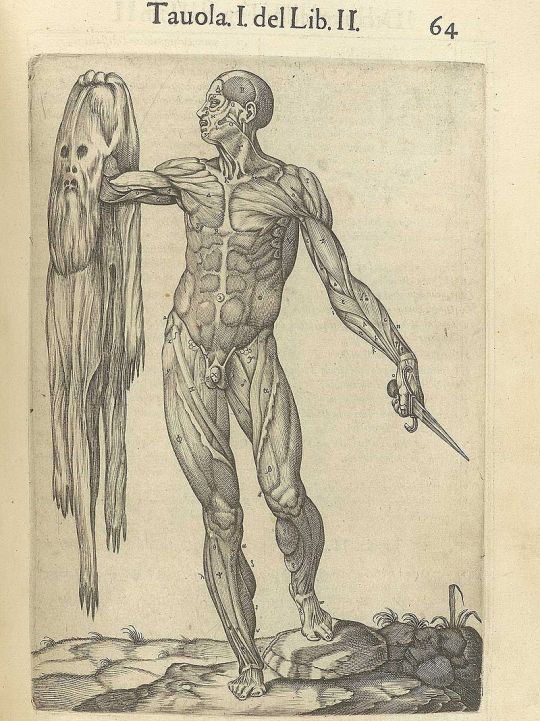


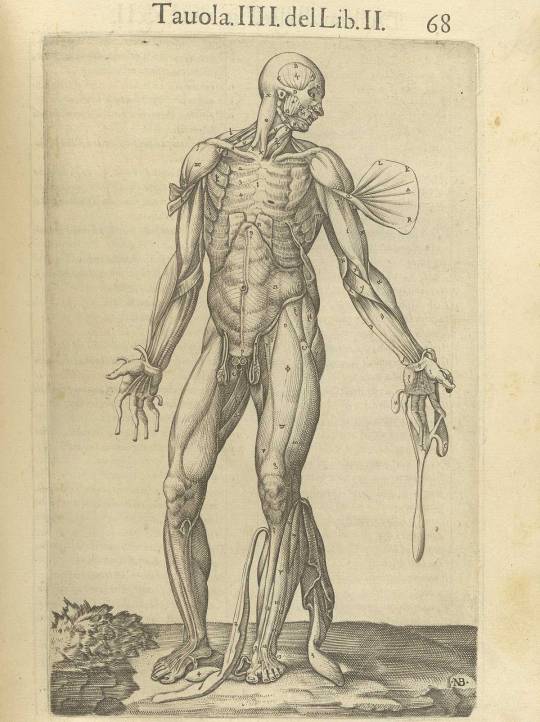

Juan Valverde de Amusco - Historia de la composición del cuerpo humano (1556)
#juan valverde de amusco#1556#1500s#spain#italy#historia de la composición del cuerpo humano#human body#engraving#Illustration#copperplate#anatomy#nicolas beatrizet#gaspar becerra#skull
0 notes
Photo

The Fall of Phaeton, Nicolas Beatrizet the Younger, 1540-1566, Harvard Art Museums: Prints
Harvard Art Museums/Fogg Museum, Gift of William Gray from the collection of Francis Calley Gray
Size: 41.8 × 29.1 cm (16 7/16 × 11 7/16 in.)
https://www.harvardartmuseums.org/collections/object/276093
24 notes
·
View notes
Photo

The Fall of Phaeton, Nicolas Beatrizet, c. 1545, Cleveland Museum of Art: Prints
The original composition for The Fall of Phaeton is a drawing by Michelangelo that was highly coveted during his lifetime.
Although Michelangelo did not make prints himself, printmakers widely copied his designs. The dramatic legend of Zeus striking Phaeton and his chariot out of the sky aptly demonstrates Michelangelo’s ability to portray extremely dynamic, twisting bodies, as seen in the figures of Zeus, the tumbling boy and horses, and the startled women bathing in the river below.
Size: Sheet: 41.9 x 29 cm (16 1/2 x 11 7/16 in.)
Medium: engraving
https://clevelandart.org/art/1965.458
3 notes
·
View notes
Photo

Nicolas BEATRIZET - The Archers Engraving, 242 x 354 mm Graphische Sammlung Albertina, Vienna
0 notes
Photo

BEATRIZET, Nicolas
The Archers
-
Engraving, 242 x 354 mm
Graphische Sammlung Albertina, Vienna
100 notes
·
View notes
Photo
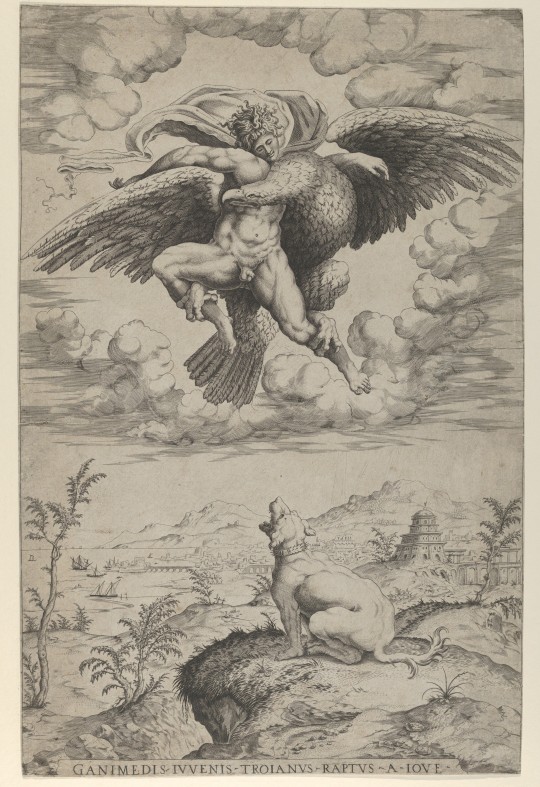
Nicolas Beatrizet - The Rape of Ganymede.
1 note
·
View note
Photo
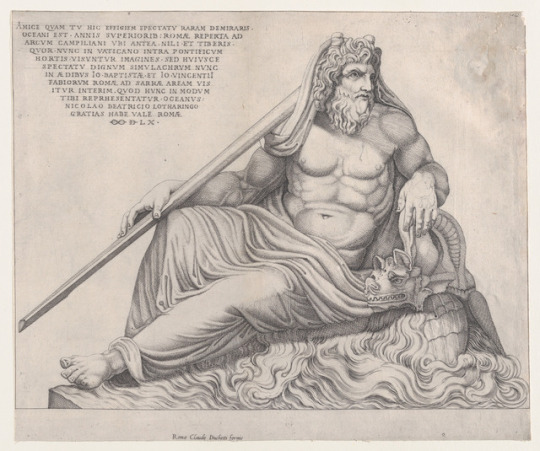
Speculum Romanae Magnificentiae: The Ocean God
Nicolas Beatrizet (French, Lunéville 1515–ca. 1566 Rome (?)), 1560
View full size image
0 notes